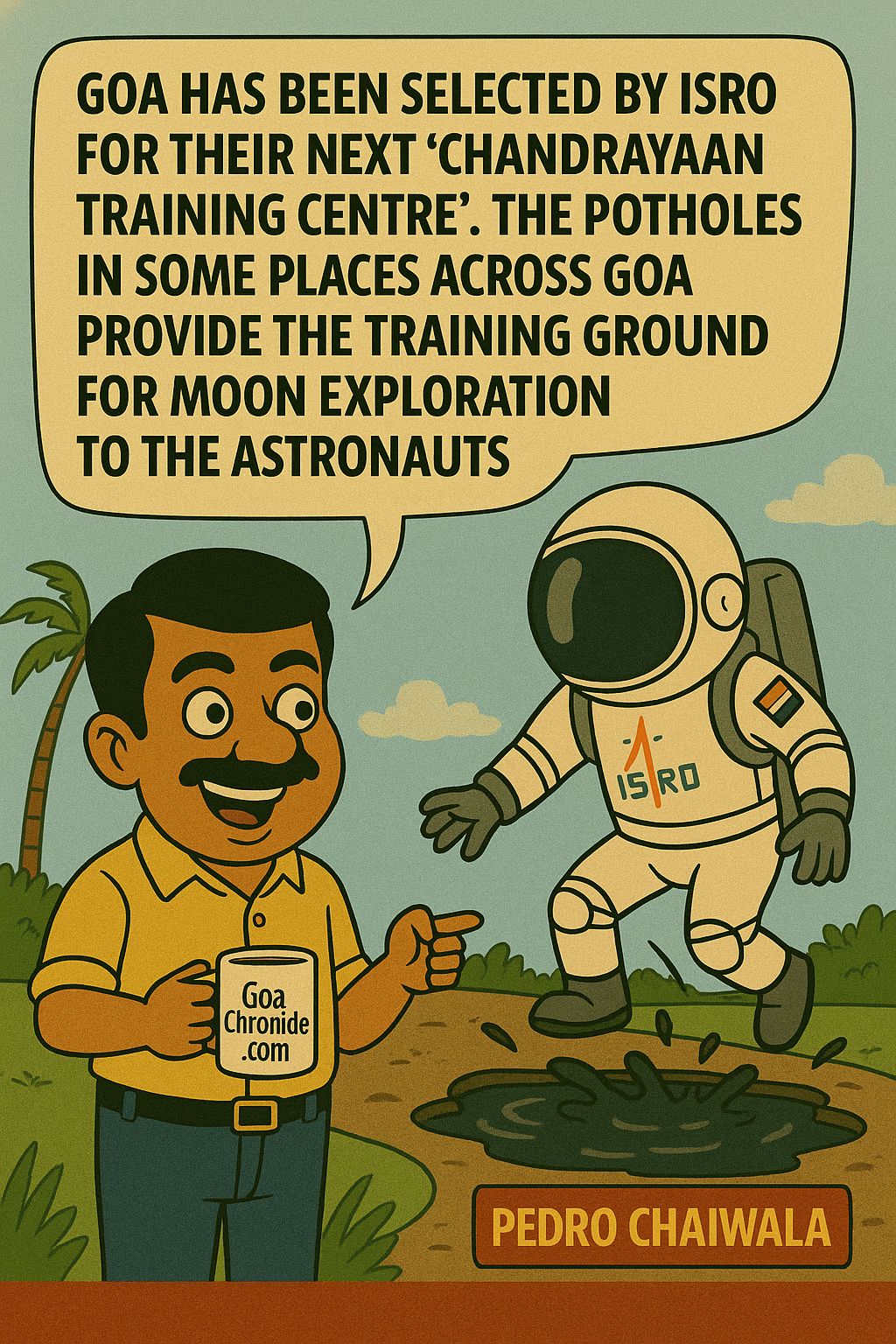Goa has long been renowned for its picturesque villages, which are characterized by lush green fields, quaint homes, and winding roads that reveal stunning natural vistas at every turn. These villages not only embody the unique cultural and historical heritage of the state but also attract visitors and residents who wish to escape urban chaos. However, this charm and tranquility are increasingly under threat due to a burgeoning real estate bubble that prioritizes large-scale development over environmental preservation and cultural continuity.
The rise of mega real estate projects in Goan villages is a result of an unchecked demand for second homes, gated communities, and luxury resorts, primarily driven by non-Goans and wealthy investors from other parts of India. The concept of “modern living” that many of these projects promote is often at odds with the Goan way of life, which emphasizes simplicity and harmony with nature. From towering apartment complexes to expansive villa communities, these developments bring not just new buildings but also a fundamental shift in the identity of the villages they occupy.
In places like Assagao, Siolim, and Parra, where traditional Goan homes once dotted the landscape, towering complexes now rise. The influx of construction has not only changed the visual landscape but has also begun to alter the social fabric, as skyrocketing real estate prices make it difficult for locals to afford land or homes in their own villages. For many, this is not just an economic issue but a cultural one—reflecting a slow erosion of what it means to be Goan.
The environmental consequences of such unbridled development are becoming increasingly evident. Goa’s villages are historically known for their biodiversity, with coconut groves, paddy fields, and forested areas providing a sanctuary for wildlife and playing a crucial role in maintaining the ecological balance. Large-scale real estate projects disrupt this delicate balance. The clearing of land for construction often results in the loss of biodiversity, deforestation, and the destruction of water bodies, which are integral to the local ecosystem.
Moreover, these developments place an added strain on existing infrastructure. Water shortages, waste management problems, and overburdened road networks are becoming commonplace in villages that were once self-sufficient. The heavy use of concrete and glass in modern construction contributes to rising temperatures, replacing naturally cool, shaded areas with heat-absorbing surfaces. This not only affects local weather patterns but also erodes the quality of life for the residents who have lived there for generations.
Goan villages are more than just geographical locations; they are living repositories of history and culture. The traditional Goan houses, characterized by red-tiled roofs, wide verandas, and ornate balustrades, tell stories of the state’s past. The traditional susegad lifestyle—a relaxed approach to life that is deeply embedded in Goan culture—is being pushed aside by an ever-accelerating real estate rush. The shift from village homes to luxury complexes represents a cultural displacement, where the new residents are often detached from the traditions and community life of the local people.
Festivals, markets, and other cultural practices that were once communal experiences risk becoming tourist attractions, where authenticity is diluted. The influx of non-Goan residents, who may not fully understand or respect local customs, can also lead to cultural conflicts. This not only strains relationships between long-time residents and newcomers but also disrupts the cohesiveness of village communities.
There are increasing concerns that the rapid growth of real estate in Goa is not sustainable. Real estate prices have surged beyond what local residents can afford, raising fears of an economic bubble. Many of these properties remain unoccupied for a large part of the year, serving as holiday homes or investment assets rather than housing for permanent residents. When investors prioritize profit over sustainability, it sets the stage for a bubble to burst, potentially leading to an economic downturn and leaving behind unfinished projects and abandoned properties.
The cyclical nature of real estate booms and busts indicates that Goa may be on the cusp of such a crisis. If the real estate market collapses, it could devastate not just developers but also local economies that have become dependent on construction-related jobs and businesses. Additionally, once the natural environment is altered or damaged, it cannot be easily restored, leaving permanent scars on the landscape.
To prevent the irreparable loss of the natural and cultural beauty of Goan villages, a more sustainable approach to development is essential. This includes stricter zoning laws to control the type and scale of construction projects, ensuring that new developments are in line with the aesthetic and environmental needs of the region. The government should prioritize affordable housing for locals, promote eco-friendly construction methods, and invest in infrastructure that supports sustainable living.
Furthermore, developers should be incentivized to incorporate local architectural styles into their designs, preserving the visual identity of Goa’s villages. Community involvement in development decisions can also ensure that projects meet the needs of local residents rather than just catering to the demands of external investors.
The real estate bubble in Goan villages is not just an economic phenomenon; it is a threat to the very soul of the state. The natural beauty and cultural richness of Goa are at risk of being overshadowed by concrete monstrosities that serve only to benefit a few. As the push for large real estate projects continues, there is an urgent need to adopt policies and practices that prioritize sustainability, respect local traditions, and protect the environment.
Goa’s villages must not be allowed to transform into faceless towns driven by profit-driven development. The time is now to advocate for a model of growth that ensures the preservation of the unique character of Goan villages, allowing them to remain sanctuaries of natural beauty and cultural heritage for generations to come.































